“Indochina Sailboats” has been introduced by Tre Publishing House for nearly 10 years, but as a detailed and unique research work, this book still provides valuable materials and suggestions for those interested in culture and research.
 |
"Indochina Sailing Ships" (Voiliers d'Indochine) by JBPiétri has been considered a rare work on this subject since its first publication in 1943. The translator of the Vietnamese edition of "Indochina Sailing Ships" (Tre Publishing House 2015) is shipbuilding engineer Do Thai Binh, member of the Ho Chi Minh City Marine Science and Technology Association, SNAME American Shipbuilding Association.
He also commented: “Among the research books on ethnology, archaeology… about Vietnam, the book Indochina Sailing Boats has a very special position. Perhaps it is the only work that researches quite meticulously about our country’s boats, so it is cited by most domestic and foreign researchers when discussing the rice civilization, river traditions, and fishing of Vietnam.”
 |
JBPiétri wrote this work in the 1930s and 1940s in an archaic, romantic French - the language used by seafarers themselves to tell a story of boat life in the Indochina region.
The book was translated into English by translator Stephanie Dumont in 2005.
“Indochina Sailboats” has been introduced by Tre Publishing House for nearly 10 years now, but as a detailed and unique research work, this book still provides valuable materials and suggestions for those interested in culture and research.
The book is divided into 6 basic parts. In addition to the first part about the characteristics of Indochina sailing ships and the story of shipbuilding in Cochinchina, the regions of Central Vietnam, and North Vietnam, the appearance and life of ships are looked at in detail by region such as Cambodia, Cochinchina, Central Vietnam, North Vietnam, and China.
BOATS AND CULTURE
As a country with 2,600 km of coastline and a fairly high sea level index in the region, boats are certainly a big cultural story. In which, fishing is an ancient profession that marks the material and spiritual life and creative labor of coastal residents. Not to mention the sea and boats are also historical evidence associated with the ups and downs of this strip of land.
In other words, the creation and use of boats is a vivid expression of maritime culture in the diverse life of Vietnamese, regional and world cultures.
Readers leisurely read and admire the author's vivid illustrations to recognize the common and unique features of boat life.
There, there is the harshness of the seafaring profession, which has no place for “the clumsy and weak”, with a history of going to sea since ancient times: “Riding on a bamboo tree trunk, a fisherman from Ha Tinh , with only a loincloth, rushes out to sea, usually 6 to 10 nautical miles away. There, under the sun, he struggles all day in the waves to fish, only returning at dusk, his body tattered but ready to leave the next morning…”.
And another story about the eyes painted on the boat to help the boat look like a big fish guiding the sailors.
Behind each innovation, each distinctive detail of a ship bears the mark of material creativity and cultural inheritance of this great trading area of the Indochina coast.
Readers who leisurely read and admire the author’s vivid illustrations will recognize the common and unique features of boat life. “Vietnamese boats are distinguished by a common characteristic, with few exceptions, which is that they do not have a main keel. Their bottoms are always one piece, flat or very curved. Exceptions include the school boats in Hoi An and the estuary boats in the Gulf of Thailand… boat models with main keels joined together in sections are often seen.”
Or “On most Vietnamese sailing boats, the sails always have 3 pieces: fore sail, middle sail and stern sail.” And “The most classic sail arrangement when running with the wind, the sails are spread out like “draft wings” or also known as “fairy wings”.
 |
JBPiétri also takes readers to boats associated with different occupations, such as a 120-ton boat, 30m long, 6m wide, associated with a fishing port with a famous fish sauce making profession, the Mui Ne gourd boat, which has now (at the time the author wrote this work) disappeared.
RESEARCH VALUE, REFERENCE
John H. Doney, founder of the Vietnam Wooden Boat Foundation, when he was still alive, in the introduction to the English version of this work expressed: “Those who are interested in wooden boat building, sailboats and traditional wooden boat building technology will find this book a treasure, because JBPiétri is interested in every detail. He is able to observe and describe countless details of Indochina boats, sails and ropes, boat building methods and auxiliary equipment. This is a valuable document showing the ingenuity and creativity of the Vietnamese people, along with excellent illustrations by the author himself.”
An undeniably important part of the “Indochina Sailboat” project is also a museum of detailed images of the techniques and creativity of boats in this region.
Indeed, JBPiétri's work has tried to preserve a language, an atmosphere of coastal life that, as he expressed: "... we choose to use old words, some people forget, some people like, but above all this is a language that conveys dreams, imagination and the smell of tar-coated boats, a language that stirs up nostalgia in the hearts of every seafarer".
Besides, the undeniably important part is that the "Indochina Sailboat" project is also a museum of detailed images of the techniques and creativity of boats in this region.
The author used pencils and colors to specifically recreate the details of the boat, along with hydrodynamic analysis, comparing it with boats from other places in the world. The image of the boat bows in the story “Building boats in the North” alone has provided readers and researchers with valuable images. The Dong Hoi fishing boat with its pointed tip, the Quang Binh round-shaped bamboo-roofed boat, the Nam Dinh bamboo-roofed boat, the Phu Quoc fishing boat… all have similar and different features and details. A world of sailing boats more colorful than we know can become valuable reference material for other creative fields such as cinema, fine arts…
 |
Similarly, the “Nautical Terminology” section at the end of the book is also a commendable scientific effort of the author. And although the views and comments may still need further research, the spirit of serious research and respect for the cultural life of the sea in Vietnam as well as the region still has great appeal to readers and researchers.
According to nhandan.vn
Source




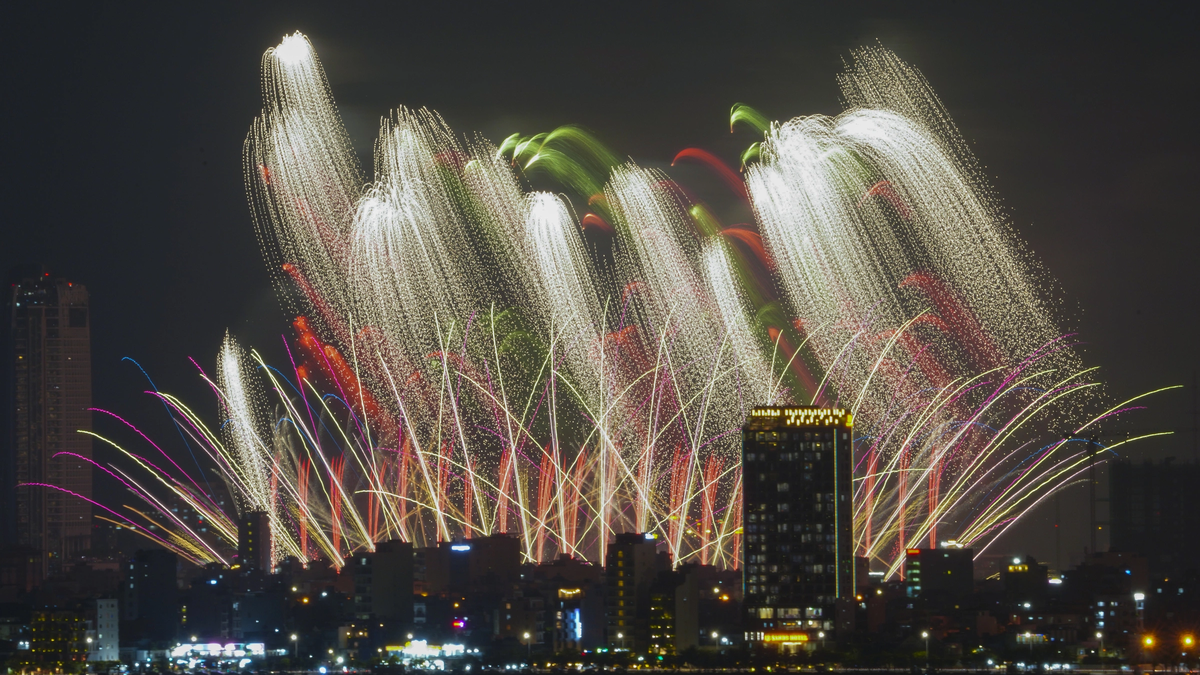
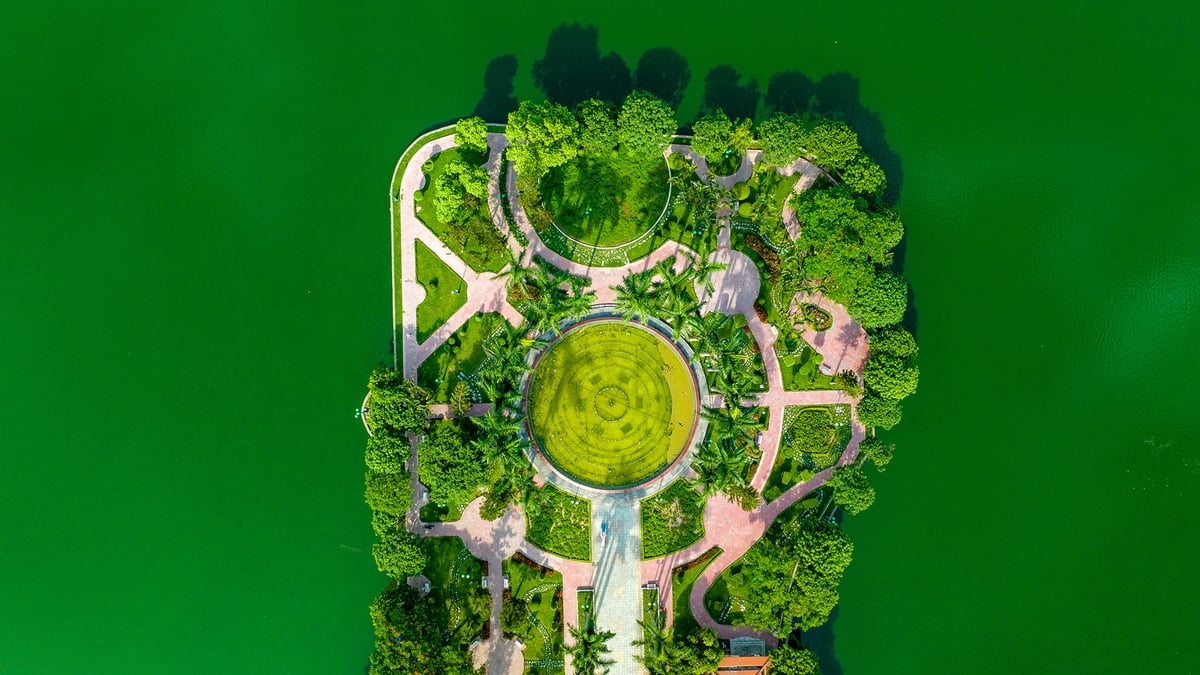
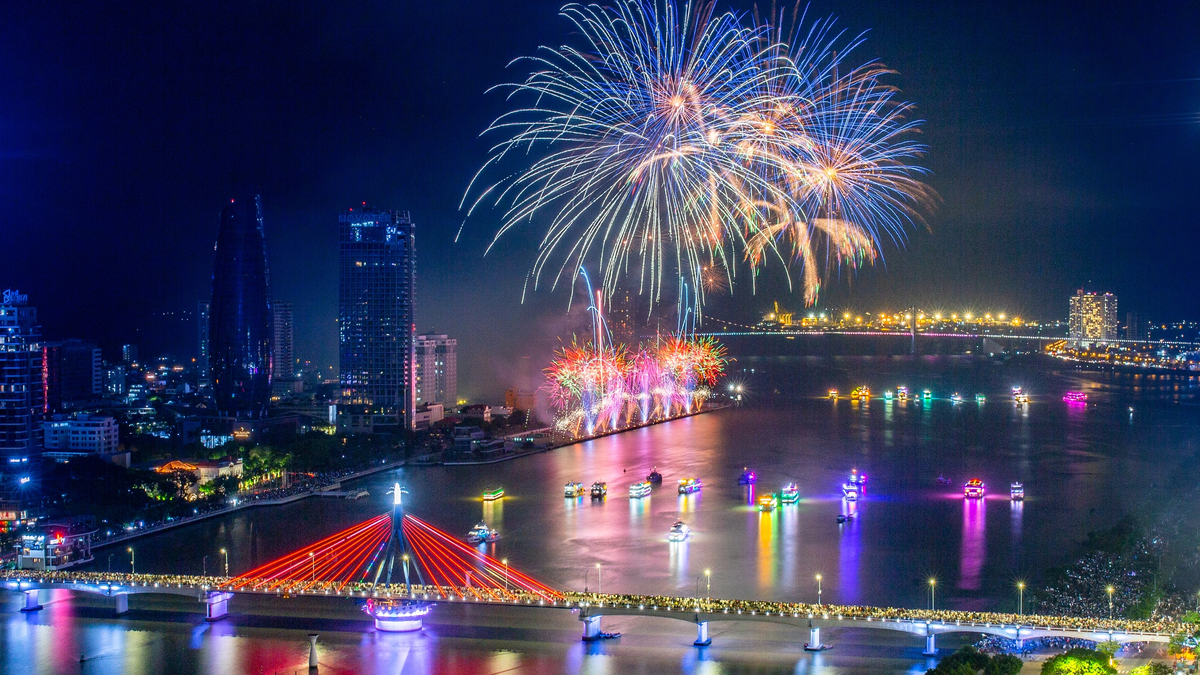

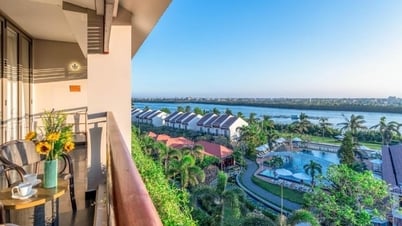







































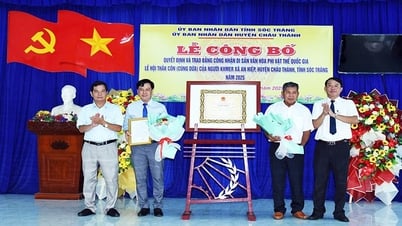


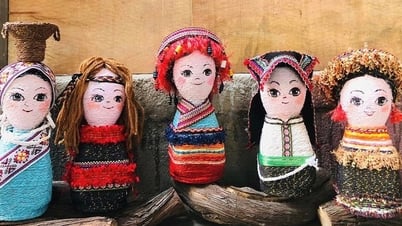






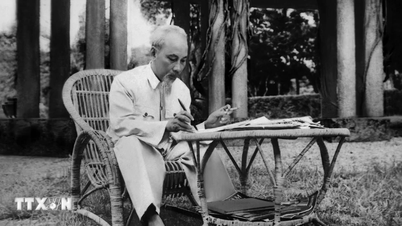


![[Maritime News] Wan Hai Lines invests $150 million to buy 48,000 containers](https://vphoto.vietnam.vn/thumb/402x226/vietnam/resource/IMAGE/2025/6/20/c945a62aff624b4bb5c25e67e9bcc1cb)









![[Infographic] Party Committee of the Ministry of Culture, Sports and Tourism: Marks of the 2020 - 2025 term](https://vphoto.vietnam.vn/thumb/402x226/vietnam/resource/IMAGE/2025/6/22/058c9f95a9a54fcab13153cddc34435e)



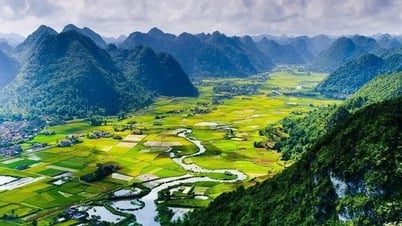



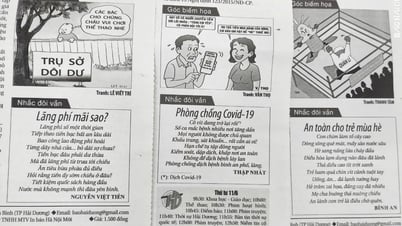



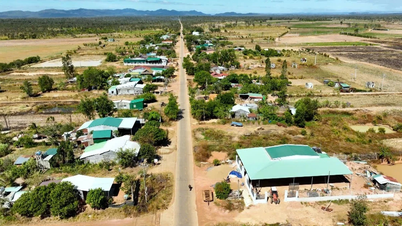

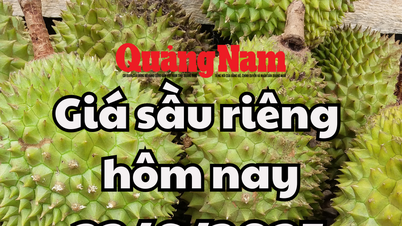









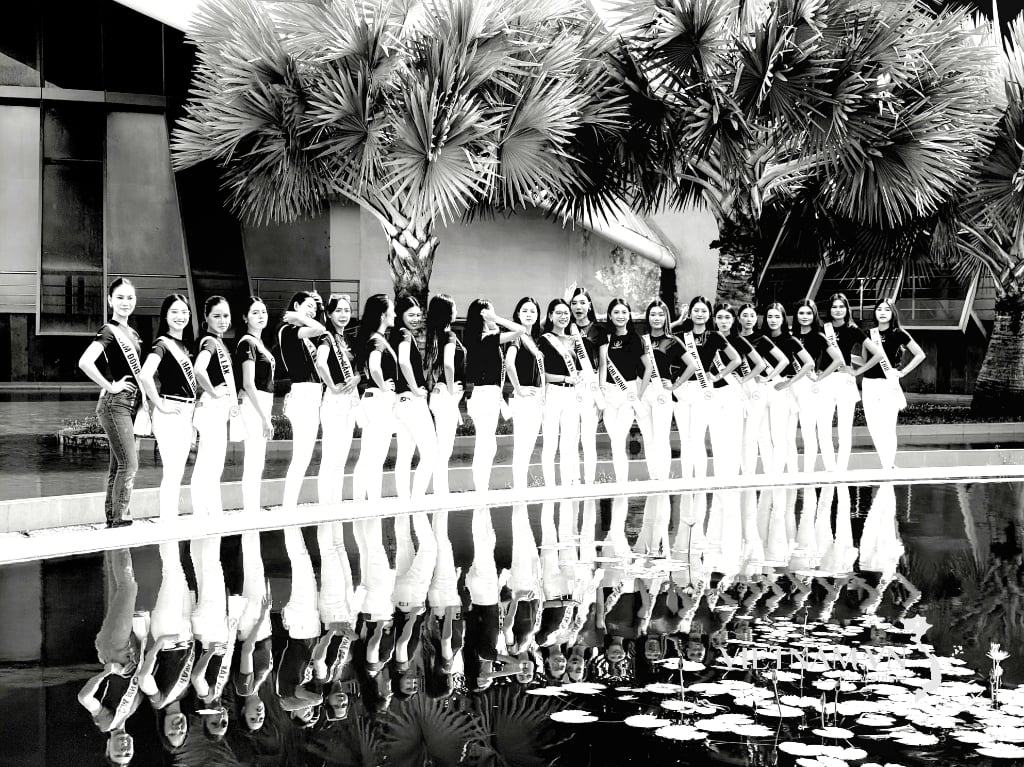
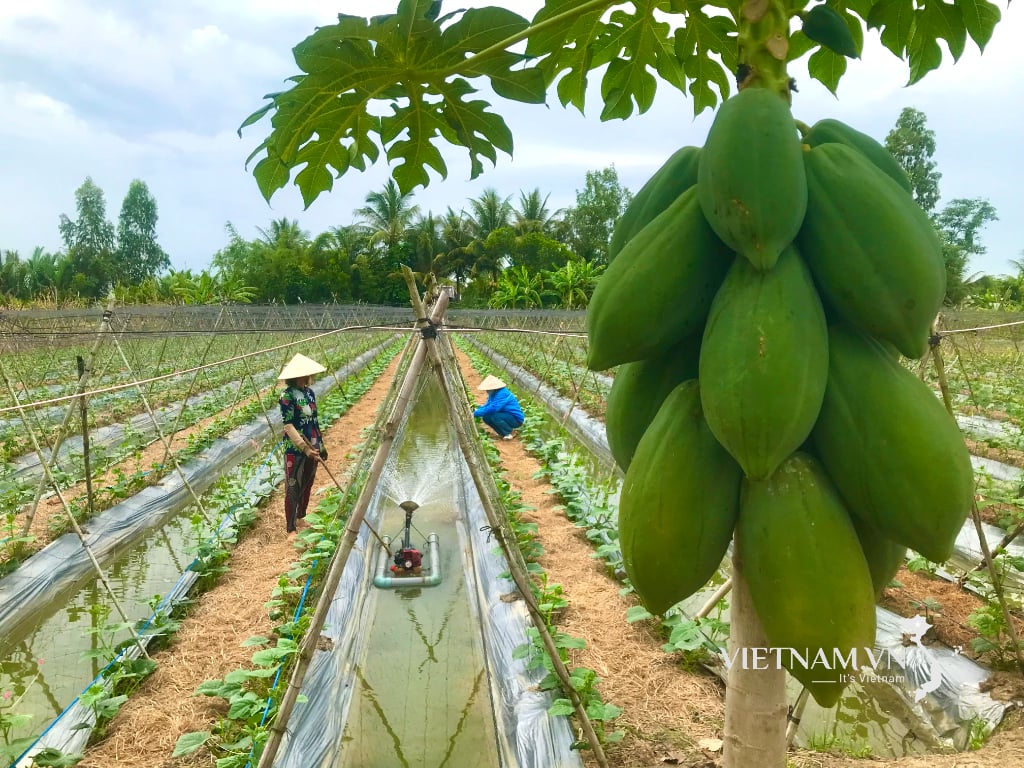

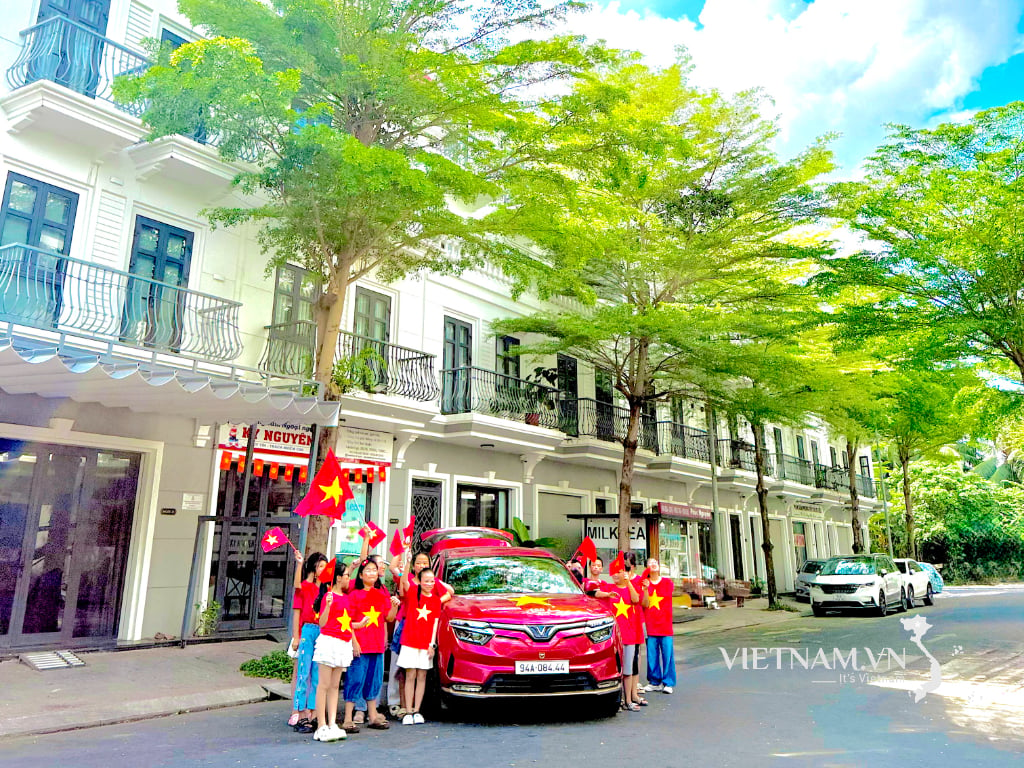
Comment (0)